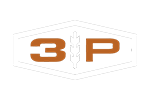
2025 Photos & Text Copyright - © Saltgrass Retrievers
3plains.com - Gun Dog Training Websites

2025 Photos & Text Copyright - © Saltgrass Retrievers
3plains.com - Gun Dog Training Websites